Sejong Village Food Street (세종마을 음식문화거리)
1.2Km 2025-06-17
Chebu-dong, Jongno-gu, Seoul
Previously known as Geumcheongyo Market, it was officially named Sejong Village Food Street in 2011, as King Sejong was born in this village. The street is full of lively energy and features both long-standing restaurants, also known as nopo in Korean, and recently established trendy eateries. Its convenient location and inviting atmosphere make it a popular place to visit.
Myeongdong Kyoja (명동교자)
1.2Km 2024-03-25
29 Myeongdong 10-gil, Jung-gu, Seoul
+82-2-776-5348
Since 1970, Myeongdong Kyoja has been a staple in Myeongdong for its kalguksu (noodle soup), believed to be the progenitor of the Myeongdong-style kalguksu known for its rich broth and delicious gyoja (mandu). The restaurant's hallmark dish, kalguksu, features handmade noodles served in a deep, flavorful broth. In addition to its famous noodle soup, other beloved dishes include mandu and bibim guksu (spicy noodles).
Hongsugye Jjimdak(홍수계찜닭)
1.2Km 2020-10-30
5F, M, Plaza, 27, Myeongdong8-gil, Jung-gu, Seoul
+82-2-772-9389
This is a Korean cuisine located in Myeong-dong, Seoul. A store selling Korean-style dishes of chicken with soy sauce. The representative menu is braised chicken.
Myeongdong Mudeungsan Jeongyuk Sikdang (명동무등산정육식당)
1.2Km 2021-03-29
27, Myeongdong 8-gil, Jung-gu, Seoul
+82-2-752-9292
It is a beef restaurant that serves dinner but also sells meals as special lunch menus. This restaurant's signature menu is marinated grilled ribs. This Korean dishes restaurant is located in Jung-gu, Seoul.
Deoksugung Palace's Daehanmun Gate (덕수궁 대한문)
1.2Km 2025-01-13
99 Sejong-daero, Jung-gu, Seoul
+82-2-771-9951
Located near City Hall station, Daehanmun Gate is the main gate of Deoksugung Palace, one of the princiapl five palaces of Joseon dynasty. The name "Daehan" means wish for eternal prosperity of the Korean Empire. In front of the gate, the Palace Royal Guard Changing Ceremony is held twice daily, along with the reproduction of costumes and style throughout the year.
Jeongdong Culture Night (정동야행)
1.2Km 2025-05-20
99 Sejong-daero, Jung-gu, Seoul
+82-2-3396-4625
Jeongdong Culture Night is dedicated to promoting the history and culture of Jeongdong, a neighborhood in Jung-gu, Seoul. The festival programs allow participants to understand how the history is connected to today's culture and offers an opportunity to view Jeongdong's cultural facilities in a different perspective.
Oliva Garden (올리바가든)
1.2Km 2021-05-11
16, Jahamun-ro, Jongno-gu, Seoul
+82-2-733-3056
It is an Italian restaurant featured in a popular Korean drama. The best menu at this restaurant is steak. This Korean dishes restaurant is located in Jongno-gu, Seoul.
Myeongdonggil Sinsin (명동길신신)
1.2Km 2021-03-18
64, Namdaemun-ro, Jung-gu, Seoul
+82-2-772-9489
This is a Korean cuisine located in Myeong-dong, Seoul. Bulgogi with green onion is another famous offering. The representative menu is spicy braised beef short ribs.
Jejuga (제주가)
1.2Km 2021-08-04
64, Namdaemun-ro, Jung-gu, Seoul
+82-2-776-5959
You can enjoy a large amount of delicious grilled Korean beef. This Korean dishes restaurant is located in Jung-gu, Seoul. The representative menu is grilled Korean beef rib eye steak.
Bukchon Museum (북촌생활사박물관)
1.2Km 2022-08-30
90, Bukchon-ro 5na-gil, Jongno-gu, Seoul
+82-2-736-3957
The Bukchon Museum displays items that have been collected from Bukchon, a historical village that was once home to the nation’s nobility. The museum was founded to observe urban development that took place in the recent decades through collected and preserved veryday household items that were used by Bukchon residents. Visitors are even allowed to touch items on display to better be able to imagine life in Korea before industrialization.

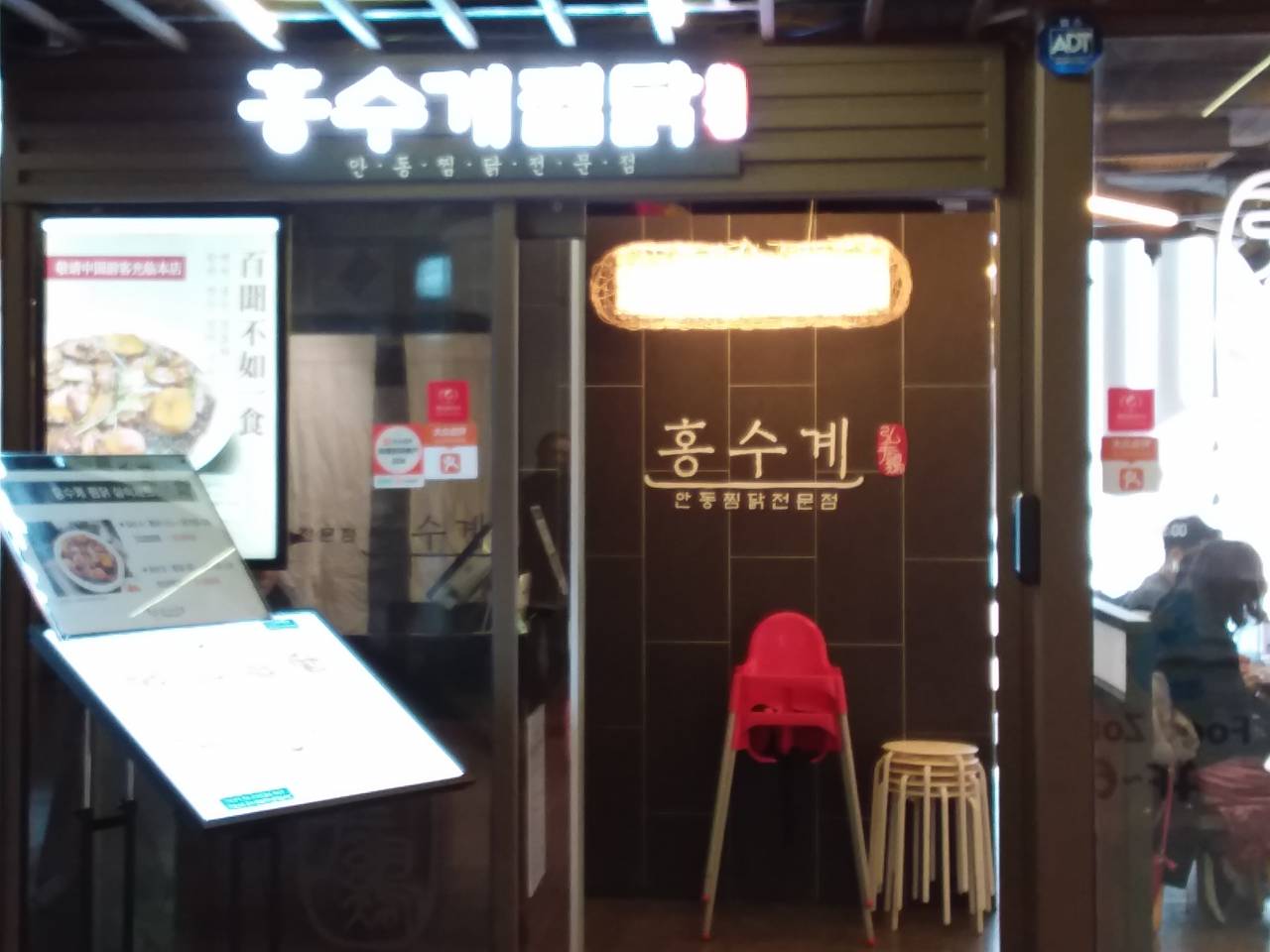
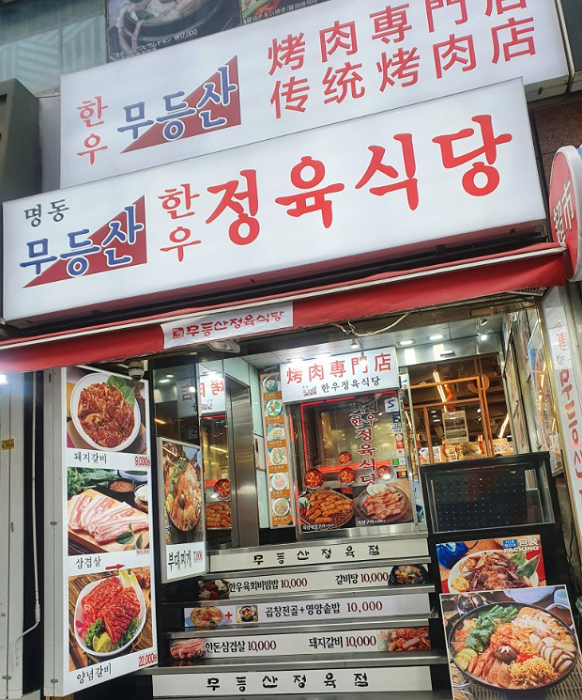
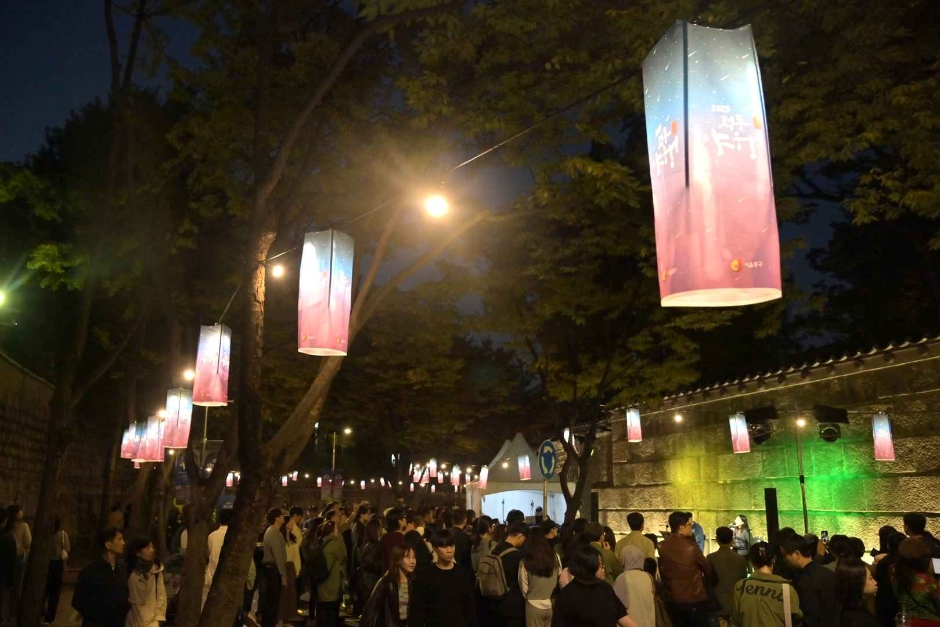
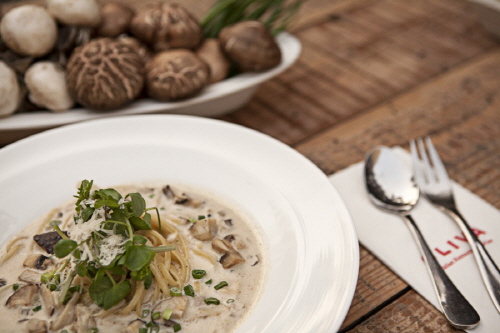
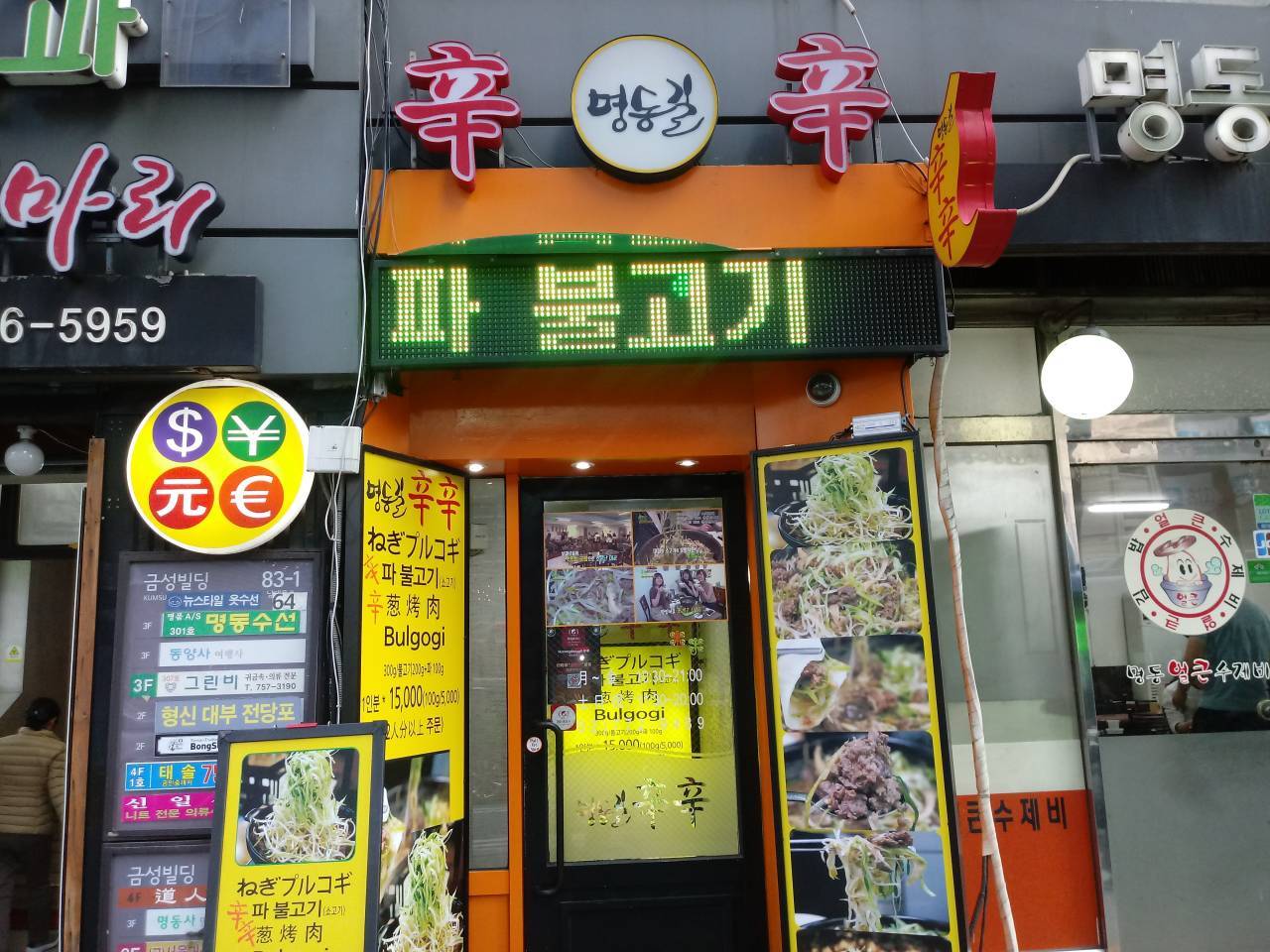
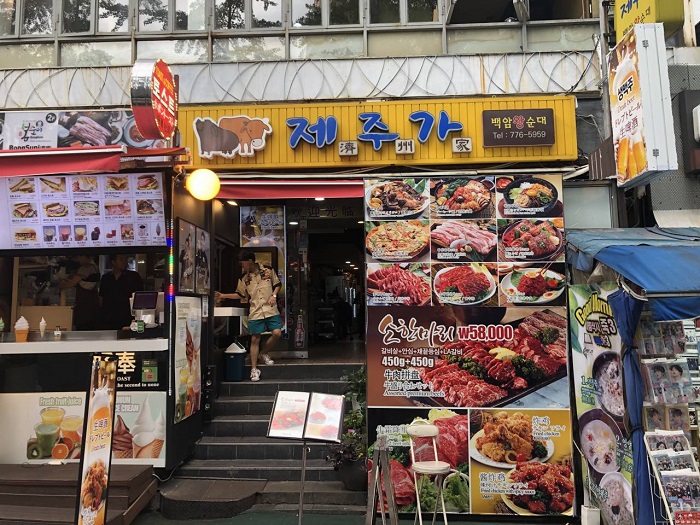
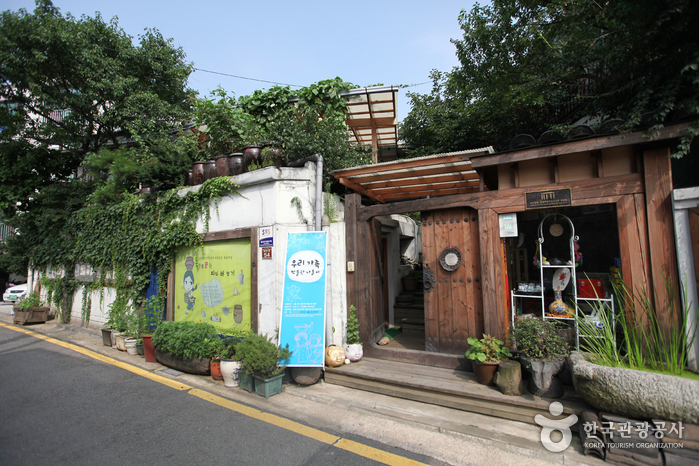
 English
English
 한국어
한국어 日本語
日本語 中文(简体)
中文(简体) Deutsch
Deutsch Français
Français Español
Español Русский
Русский